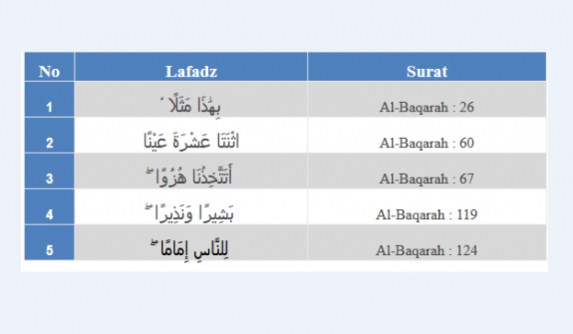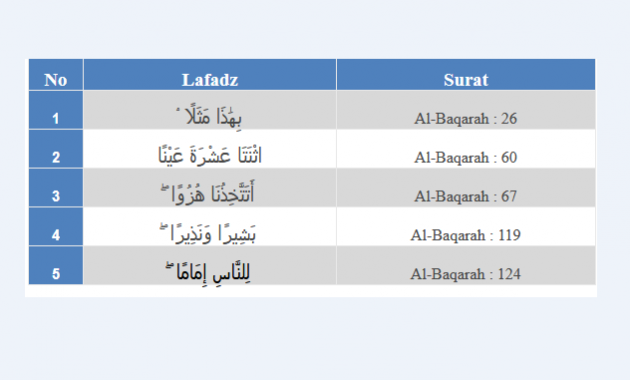Mad Iwad
Complete Mad Iwad material with understanding, How to read, and examples from the Qur’an accompanied by pictures to be easily understood by the reader
Madness is one of the laws of madness and is very important to learn in order to read the Koran properly and correctly.
The following will explain the understanding, examples and accompanied by how to read it, complete with pictures.
Understanding Mad Iwad

The definition of mad according to language is long, while iwad according to the language means substitute. In terms of stopping or reading on tanwin fathah at the end of the sentence.
From this definition it can be concluded that what is called mad (iwad) is a long recitation at the end of a word or sentence as a pronoun of the voice of tanwin fathah which no longer sounds because the recitation is waqfed or terminated.
Tanwin fathah referred to above is tanwin fathah which is not located on ta’ marbutohoh, As for tanwin fathah which is found in la marbuthoh, the law is not mad (iwad), the reason is because ta’ the marbuthoh was waqofkan or dismissed, the sound will change to ha’ without mad.
Theory Mad Others :
- Mad Obligatory Muttasil
- Mad Farq
- Mad Silah |
- Mad Lazim
- Mad jaiz munfasil
Example
Example in the letter of Al-baqarah
Example in Surat Al-Kahfii
Example in Mary's letter
Example in the letter of Al-Waqiah
How to read
The way to read this mad law is by extending the reading to two harakat or beats or one Alif.
F.A.Q
The way to read it is to extend the reading to 2 harakat or knock or one Alif
In terms of stopping or reading on tanwin fathah at the end of the sentence
- Learn Hijaiyah Letters
- Mad Iwad
- Mad Layyin
- Mad Tamkin
- Intention of Rajab Fasting and the Benefits and Lessons of Rajab Fasting
The post Mad Iwad appeared first on this page.



